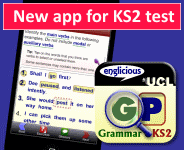Keeping a Language Log
Introduction
Most of the time, students' work in English is assessed by things that they write about things that they have read. For example, their exams may consist of writing about a Shakespeare play they have studied, or perhaps some non-fiction texts like advertisements or extracts of journalism from a newspaper or magazine.


